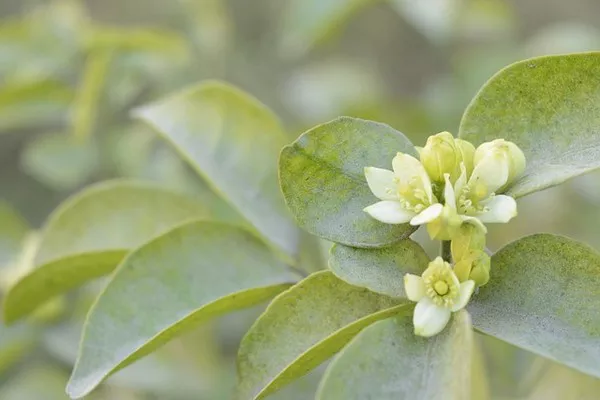The Colombian flower industry continues to flourish, showcasing impressive growth and contributions to the global market. In this article, we delve into key statistics and developments in this thriving sector, drawing on data provided by the Association of Flower Exporters, Asocolflores.
Production Acreage
With over 10,000 hectares dedicated to flower cultivation, Colombia reigns supreme, commanding 32.2% of the world’s flower and plant exports. Notable competitors in the industry include the Netherlands (7,870 hectares), Ecuador (7,467 hectares), Kenya (4,039 hectares), and Ethiopia (1,695 hectares). Within Colombia, the bulk of flower production occurs in Cundinamarca (71%), closely followed by Antioquia (27%) and Centerwest (2%). The diversity of flowers cultivated is impressive, encompassing a variety of blooms, with roses (19.1%), carnations (13.4%), chrysanthemums (8.6%), hydrangeas (4.4%), alstroemerias (3.9%), and 46.6% consisting of other species.
Exports
Colombia’s floral exports reach over 100 destinations worldwide. In 2022, the industry saw robust growth, with an export value of $2 billion, representing a remarkable 19% increase compared to the previous year. The total export volume reached 320,000 tons, marking a 5% increase compared to 2021. The United States emerges as a prominent recipient of Colombian flowers, with a 22% growth in export value, reaching $1.636 million USD in 2022. Moreover, Colombia plays a significant role in the U.S. market, as 80% of bouquets imported into the United States comprise Colombian flowers.
Beyond the United States, Japan ranks second with an export value of $103 million USD, followed by Canada at $66 million USD, the UK at $60 million USD, the Netherlands at $51 million USD, and Spain at $36 million USD. Notably, all of these countries witnessed an increase in the value of flower exports from Colombia in 2022. The majority of Colombian flowers continue to be transported by air, comprising 92% of exports, with the remaining 8% sent by sea. The growing adoption of sea shipments reflects the industry’s ongoing efforts to promote more sustainable shipping methods.
Formal Jobs
The Colombian floriculture industry has had a significant impact on employment, offering 200,000 formal jobs, with 110,000 being direct positions. Notably, 60% of these direct jobs are held by women, and 55% of them are the heads of households. The floricultural sector plays a vital role in the agricultural job market, contributing to 28% of all formal agro-industry employment. Impressively, 70% of formal agro-industry jobs occupied by women originate from the floricultural sector.
Outlook for 2023
While a comprehensive comparison with previous years is pending, it’s evident that the global flower industry has had to adapt and innovate in response to the challenges posed by the ongoing pandemic. International associations have been collaborating to ensure the continued success of global flower sales. Events like the Network Lunch organized by Asoscolflores during the Proflora trade show illustrate the industry’s commitment to addressing current challenges.
The 30th edition of Proflora, which recently concluded, provided a valuable platform to explore the Colombian flower industry. The event featured over 300 exhibitors who presented their products and services to more than 6,500 visitors during the three official exhibition days, reaffirming the sector’s vitality and resilience.


